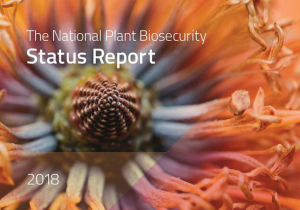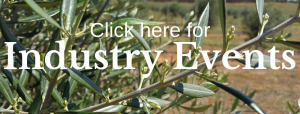
Plant Health Australia (PHA) has released the National Plant Biosecurity Status Report for 2018, which documents some of the key events of the year and the many layers of the plant biosecurity system that is protecting our plant industries and our environment.
While Australia is fortunate to be free from many of the world’s serious exotic plant pests and diseases, factors such as globalisation, international and interstate travel, climate change and the movement of an increasing volume of goods are all increasing biosecurity risks.
“We maintain our freedom from many serious plant pests by devoting considerable resources to plant biosecurity,” said the Chairman of Plant Health Australia, Steve McCutcheon.
“The system supports sustainable plant production, our unique ecosystems and way of life, while maintaining and enhancing market access, benefitting all Australians.”
“Our modern, dynamic and integrated plant biosecurity system relies on a cohesive partnership between government and industry. We all work together to respond to challenges faced and prepare for those ahead.”
More than 100 organisations had input into the 2018 Report, the 11th produced and one of the tools used to help monitor the continuous improvement of Australia’s plant biosecurity system. The report covers the role of governments, industry and the community, the most concerning exotic plant pests to the environment and our plant industries.
Content is framed against the system’s three layers of protection: pre-border, border and post-border. The surveillance and diagnostics services that are required to detect and identify new pests are described, and a summary given of the status of emergency responses active during the year.
More than 600 plant biosecurity research, development and extension projects underway around Australia are also listed, and a timeline of notable biosecurity events during 2018 links to features throughout the document.
Given the very real risk of Xylella fastidiosa– officially Australia’s #1 biosecurity risk – to our industry, this is a very relevant document. Download the National Plant Biosecurity Status Report for 2018 here.



